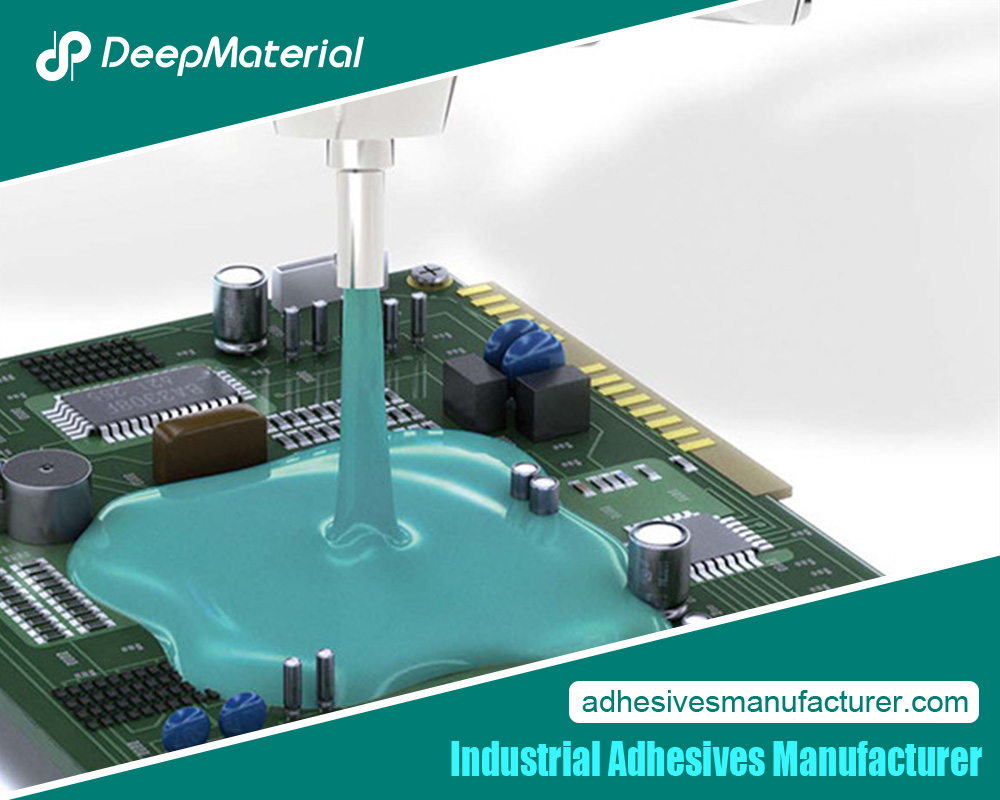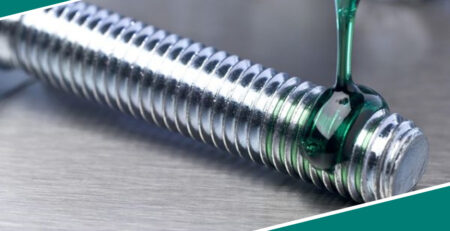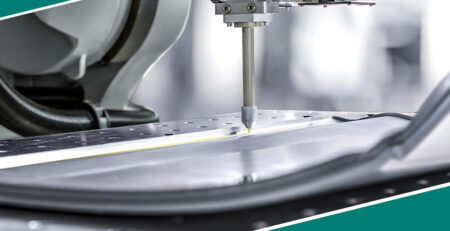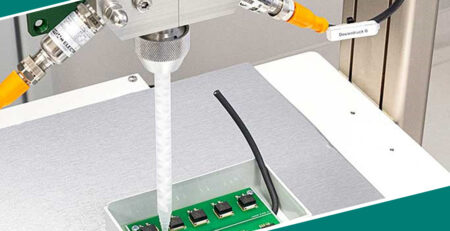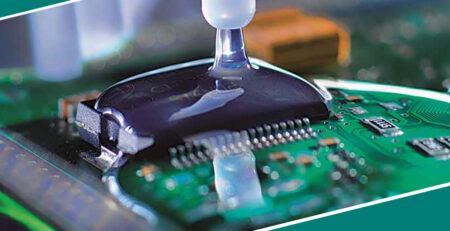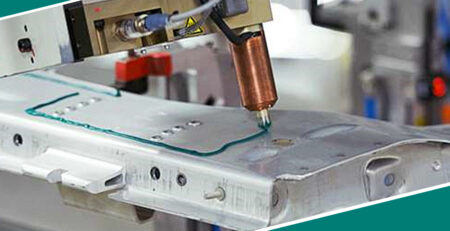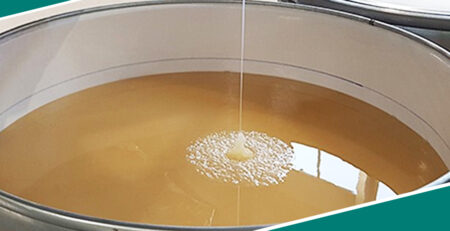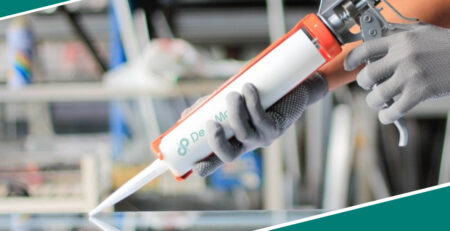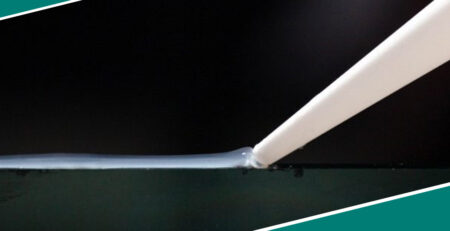The Pros and Cons of Using the Best Epoxy Adhesive Glue for Glass to Metal Bonding
The Pros and Cons of Using the Best Epoxy Adhesive Glue for Glass to Metal Bonding
If you’ve ever dived into a DIY project or tinkered around in the industrial world, you know sticking different materials together can be a tricky task. But here’s the scoop on epoxy adhesive glue, a hero when it comes to fusing glass with metal. Known for its hardcore strength and indifference to temperature swings and chemicals, this glue is the go-to for many who need a reliable bond.
In this piece, let’s walk through what makes these top-shelf epoxy adhesives a prime pick for your glass-metal adventures. We’ll cover the perks and some quirks, from their Hulk-like bonding powers to the patience needed during cure times, so you can pick wisely for your project.
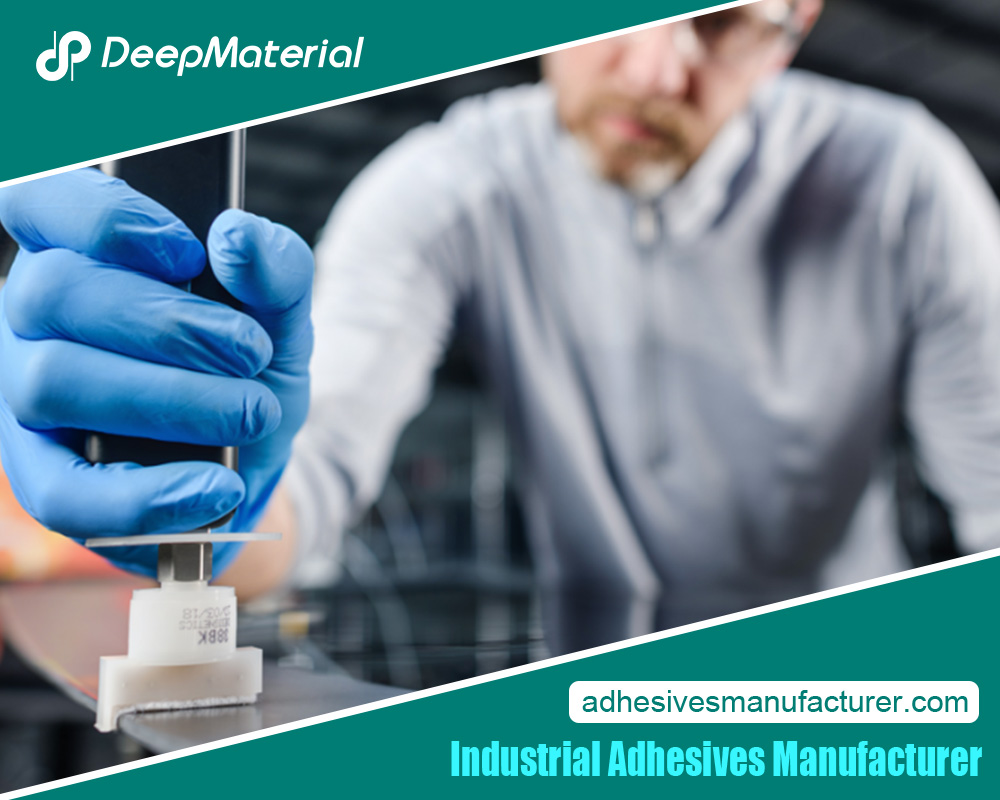 Advantages of Using Epoxy Adhesive Glue for Glass to Metal Bonding
Advantages of Using Epoxy Adhesive Glue for Glass to Metal Bonding
Strong and Durable Bond
Why do folks love epoxy for bonding glass to metal? Simple: it’s strong. Really strong. The chemical wizardry behind epoxy adhesives allows them to cling fiercely, holding on despite serious stress or shenanigans like vibrations. This resilience is perfect whether you’re crafting something cool at home or beefing up industrial gear. With epoxy, you bet that bond isn’t going anywhere anytime soon.
Resistance to Heat and Chemicals
Now, let’s talk about how epoxy laughs in the face of heat and harsh chemicals. Planning a project that’ll face some serious heat or nasty substances? Epoxy is your ally. Whether it’s surviving the sweltering conditions under a car hood or resisting the chemicals in a battery pack, epoxy stands its ground. Its ability to dodge chemical breakdown makes it a superstar in tough settings, protecting your projects from turning into a science experiment gone wrong.
So, next time you need to stick glass to metal, remember: epoxy might just be your best bet. With just a smidge of patience for curing, you’ll be set for a bond that’s tough to beat. Ready to give it a try? Just mix, apply, and let it do its thing!
Versatility in Application
Epoxy adhesive glue? It’s a jack-of-all-trades in the bonding world! It’s grabbed the spotlight in various industries thanks to its knack for joining different types of glass and metals. Strong and long-lasting, it’s perfect for when you need to stick stuff like tempered glass or borosilicate to metals like steel, aluminum, or copper. Need to mix and match materials? Epoxy is your go-to pal.
Its flexibility shines in sectors like construction, automotive, aerospace, and electronics, where sticking together glass and metal is a must. Picture this: in construction, it’s the secret sauce for fixing glass panels to metal frames in skyscrapers. Zoom over to the automotive industry, and you’ll find it working its magic bonding windshields snugly to car bodies. Aerospace? Yep, it’s there too, helping secure metal to composites in aircraft. And let’s not forget electronics, where it holds electronic bits and bobs in place on metal frames and circuit boards.
Common Industrial Applications
Epoxy adhesive glue doesn’t just hang around; it’s a key player in several big-league industries. Cars need windshields that won’t budge? Epoxy adhesive glue to the rescue. It ensures they stay put, come rain or shine. In the high-flying world of aerospace, this glue keeps aircraft windows tightly sealed and secure. Can you imagine the pressure up there?
And it’s not just about keeping things in place. In the bustling world of electronics, it’s crucial for anchoring display panels just right. Meanwhile, back on the ground in construction, epoxy helps glass facades look sharp and stay sound on buildings. Talk about being versatile, right? Whether it’s cars, planes, gadgets, or buildings, epoxy adhesive glue has got it covered!
Cons of Using Epoxy Adhesive Glue For Glass To Metal Bonding
Time-Consuming Application Process
Let’s chat about one of the snags of using epoxy adhesive glue: the time it takes to apply it right. First off, you’ve got to prep the surfaces you’re sticking together. This isn’t just a quick wipe-down; we’re talking thorough cleaning and making those glass and metal surfaces a bit rough for the glue to cling to properly.
Then there’s the waiting game. Epoxy adhesives aren’t the type to rush things – their curing time can stretch from a few hours to several days, depending on which type you’re using. This slow pace can be a bit of a bummer if you’re trying to keep a project on a tight schedule.
Health Hazards of Epoxy Adhesive Glue
While epoxy adhesive glue is a champ for its strength, it’s not without its risks. The chemicals in these adhesives can be nasty if they get into your lungs or make contact with your skin or eyes. They can cause irritation, spark allergic reactions, or even lead to more severe health issues if you’re not careful.
Safety first, right? Always gear up with gloves, safety glasses, and a respirator to keep those fumes at bay. And make sure you’re working in a place with good airflow. Stick to these precautions, and you can use epoxy adhesive glue without putting your health on the line.
Limited Flexibility of Epoxy Adhesive Glue
Now, onto another hiccup with epoxy adhesive glue: it’s not exactly the yoga master of adhesives. It’s super strong and durable, sure, but it’s not great at bending and flexing. If your project involves materials that need to wiggle or expand, epoxy might just tap out by cracking or breaking under pressure.
In these cases, you might want to consider other options like mechanical fasteners or silicone adhesives. Mechanical fasteners keep things tight yet movable, and silicone adhesives? They’re like the contortionists of the glue world, flexible enough to handle a wide range of temperatures and conditions. Picking the right adhesive really depends on what your project demands and the dance your materials need to do.
Cost Considerations for Using Epoxy Adhesive Glue
Thinking about using epoxy adhesive glue for bonding glass to metal? Well, it’s time to talk turkey about costs. Epoxy adhesives are top-notch when it comes to strength, but they might also be a bit pricier than other glues out there. If your project needs a special kind of epoxy, prepare your wallet because those costs can add up quickly.
So, what’s the deal? Weigh the pros and cons against your budget. Sure, the upfront cost is higher, but the payoff is a bond that’s built to last. Before you pull the trigger on buying that glue, think through all the angles to make sure it’s the right financial move for your project.
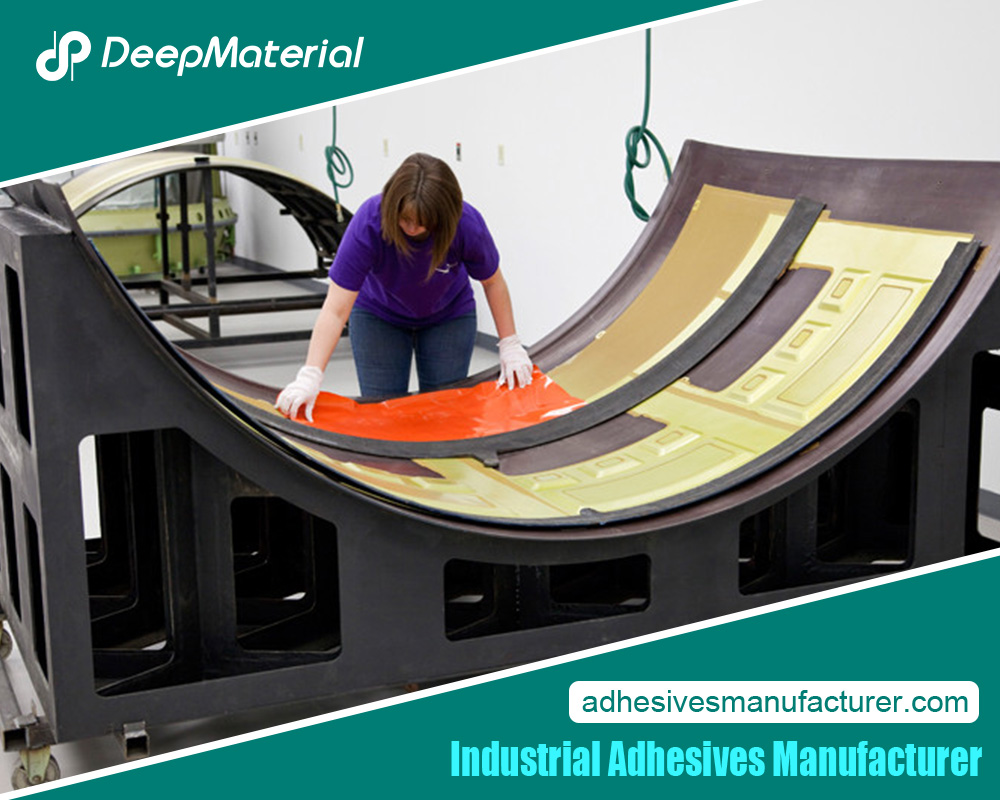 Conclusion
Conclusion
Wrapping up, choosing the best epoxy adhesive glue for glass to metal bonding is like picking the right tool for the job—it’s crucial for both hobbyists and pros alike. The big wins here are the strong bonds that can take on weather and heat like champs. But, don’t forget to consider the flip side: the possible mess during application, the need to get the mix just right, and those sometimes lengthy curing times. To really nail your project, get to know the specific needs and challenges you might face. When you use epoxy adhesive correctly, you’re all set for a bond that’s going to stick around for the long haul.
For more about a complete guide to the pros and cons of using the best epoxy adhesive glue for glass to metal bonding, you can pay a visit to Deepmaterial at https://www.adhesivesmanufacturer.com/ for more info.

